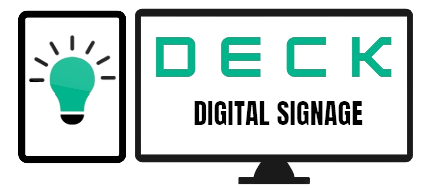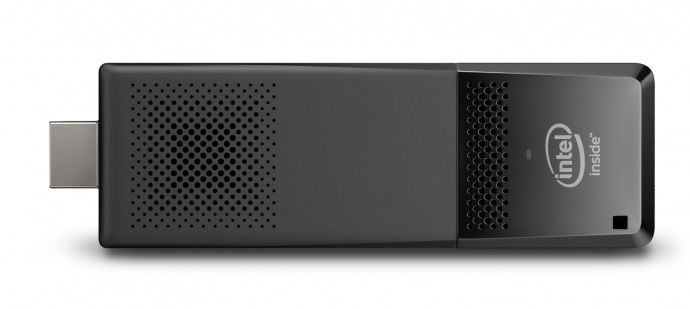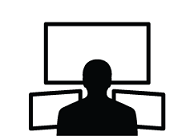Advantages of DECK Digital Sigange system in comparision to other systems
Usually people use a static LCD or LED TV with a Pen drive to display content across the locations. This content can be a power point presentation, video, text, images etc.
The problem with this sort of system is that it is not dynamic. If the administrator needs to send certain information dynamically to a display location, it is not possible.
Someone needs to manually visit the location and change the contents of the pen drive.
That's where DECK - Digital Sigange System comes in handy. It is a system which is hosted in a centralised server. Every display location is connected through wifi or LAN.
So if you need to make any change in the content being displayed, it can be done from a central location.
Here are few of the advantages DECK - Digital Signage System presents as compared to any traditional content display system:
- Ease of Templates: The main foundation of DECK is an inbuilt template, which has a pre-defined layout and screen schematics. This ensures that the content manager does not need to worry about the layout. A simple form filing ensures that the best of the best content is created within a few seconds.
- Power of Cloud: This system can be hosted in a centralised location or on cloud so that it can be accessed from anywhere. If you have to make any change then you do not need to visit the device onsite. You are able to manage it from a centralised location.
- One system - Multiple Locations: Multiple playlists, multiple locations, multiple content types: all multiple things can be managed from a centralised location.
- Better Control: Since the system can be managed at a central location, it is easier to control the system in a better manner. Also the system gives you an option to manage a particular screen or a group of screens from a central location.
- Dynamic Playlists: System inbuilt features brings dynamic content from the cloud, which ensures fresh content everyday.
- Better resources optimization: If you wish to change a content being displayed, you don't need to visit the location of the display thus saving precious human time and efforts.



